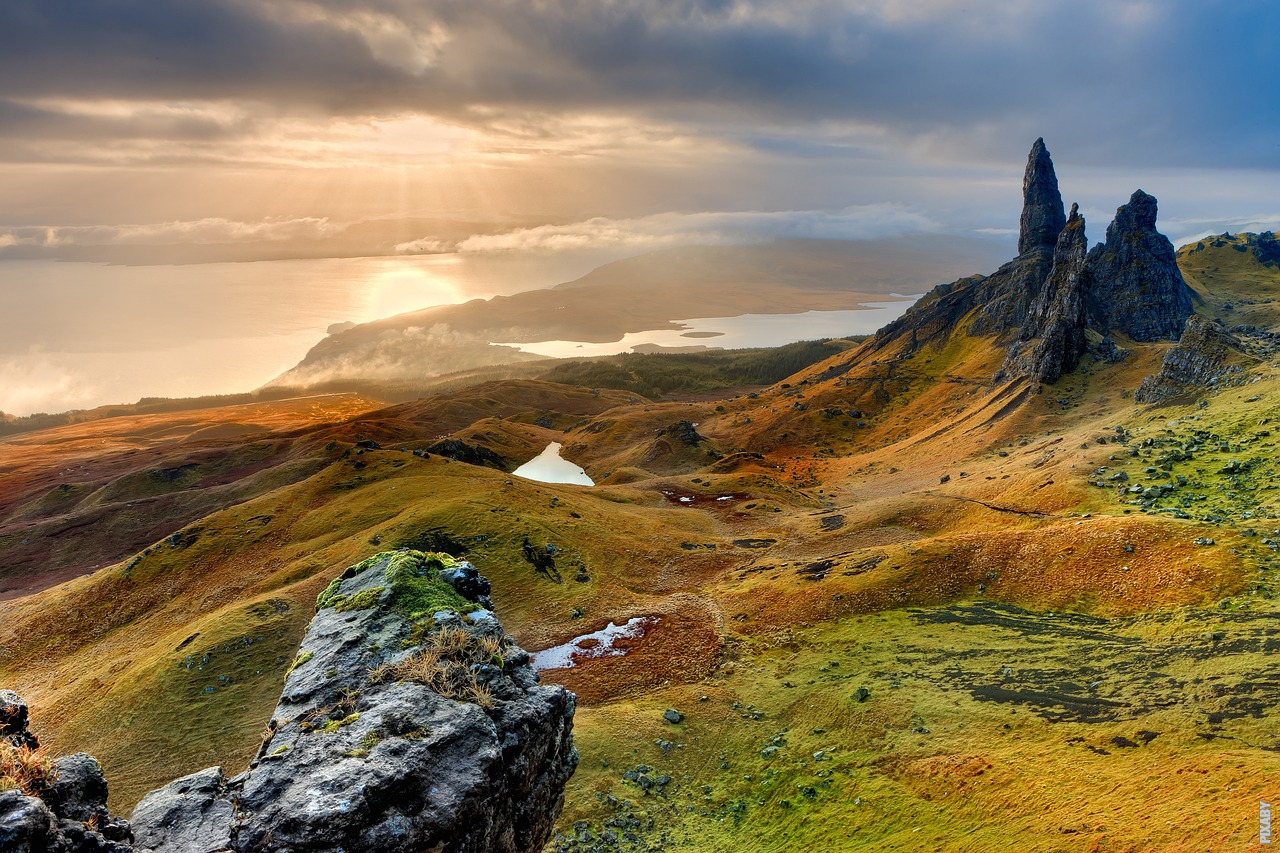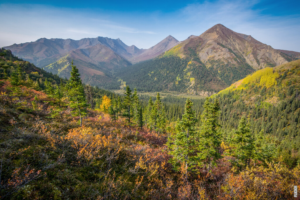The Dynamic Earth: A Journey into Mountain Formation
Deep within the Earth’s crust lies a fascinating story of how our majestic mountains came into existence. Mountains are not mere haphazard formations, but rather the result of complex geological processes that have unfolded over millions of years. Join us on a journey as we unravel the mystery of mountain formation and discover the forces that shaped our planet’s breathtaking landscapes.
1. Tectonic Plates: The Building Blocks of Mountains
The key to understanding mountain formation lies in the movement of tectonic plates. These colossal sections of the Earth’s lithosphere float atop the semi-fluid asthenosphere and interact in various ways. When two plates collide, immense forces are unleashed, leading to the creation of mountains.
2. Convergent Boundaries: Colliding Titans
One of the most common scenarios for mountain formation occurs at convergent boundaries, where two tectonic plates collide head-on. As the plates converge, neither is willing to give way, resulting in a monumental clash. The intense pressure causes the leading edges of the plates to crumple and buckle, forming massive folds in the Earth’s crust. Over time, these folds become mountains.
3. Subduction Zones: The Ultimate Recycling Process
Another fascinating mechanism behind mountain formation can be observed at subduction zones. In these areas, one tectonic plate is forced beneath another, a process known as subduction. As the subducting plate sinks into the mantle, it generates immense heat and pressure. This leads to volcanic activity and the formation of volcanic arcs, which eventually transform into towering mountain ranges.
4. Transform Boundaries: The Sideways Shuffle
While convergent boundaries bring plates together, transform boundaries involve plates sliding past one another horizontally. This sideways motion can still contribute to the formation of mountains, albeit in a different way. When plates grind against each other, they create intense friction and pressure. This can result in the crust folding and faulting, giving rise to mountain ranges that run parallel to the boundary.
Post
Post
5. The Power of Erosion: Sculpting Mountain Landscapes
Although tectonic forces play a significant role in mountain formation, the power of erosion should not be underestimated. Over time, wind, water, ice, and gravity relentlessly sculpt and shape mountains, exposing their rugged beauty. Erosion exposes the underlying rock layers, carves out valleys, and creates dramatic peaks and cliffs. It is through this constant battle between uplift and erosion that mountains achieve their awe-inspiring forms.
6. The Ever-Changing Earth: A Continual Cycle
Mountains may appear timeless and immovable, but they are part of a dynamic and ever-changing Earth. The processes that formed mountains in the past continue to shape our planet today. Plate tectonics relentlessly push and pull, creating new mountains while wearing down old ones. As we marvel at the breathtaking vistas before us, let us remember that mountains are not just silent giants but living testaments to the ongoing evolution of our planet.



